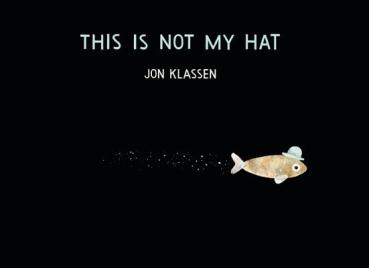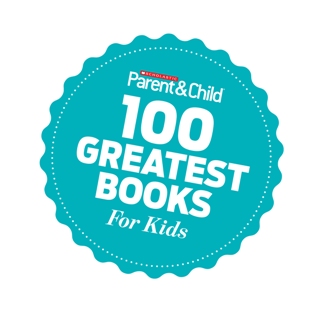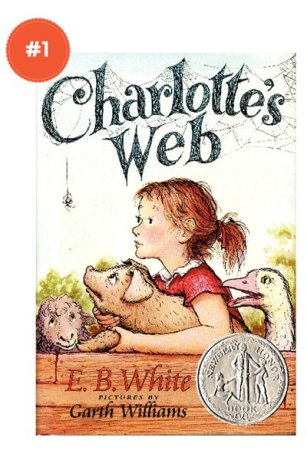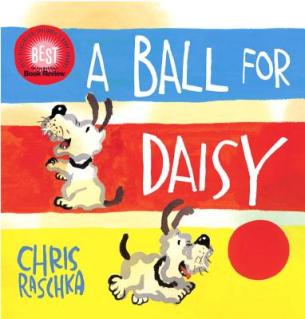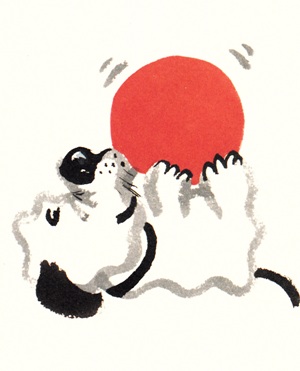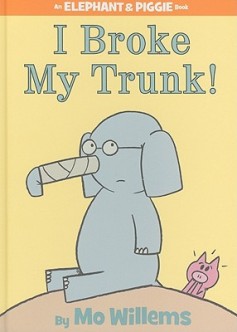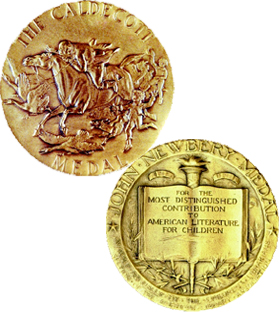The American Library Association announced the winners of their major 2013 book awards on Monday, and the award that always catches my attention is the Caldecott Medal, named in honor of nineteenth-century illustrator Randolph Caldecott. The award is presented to “the artist of the most distinguished American picture book for children” from the past year, and former winners include such Building a Library favorites as A Ball for Daisy by Chris Raschka, A Sick Day for Amos McGee by Erin and Philip Stead, Flotsam by David Wiesner, and many, many more. This year, the 2013 Caldecott Medal was awarded to This Is Not My Hat by Jon Klassen.
I couldn’t be happier about this selection. I wrote a glowing review of Klassen’s I Want My Hat Back last year, and This Is Not My Hat continues the hat-swapping fun. It’s a hysterical read and absolutely gorgeous to look at. The ALA also named five Caldecott Honor Books for 2013 – Creepy Carrots!, illustrated by Peter Brown (artist of the great The Purple Kangaroo and Children Make Terrible Pets), written by Aaron Reynolds; Extra Yarn, illustrated by Jon Klassen (winning a Medal and an Honor Citation.. nice), written by Mac Barnett (author of the hilarious Chloe and the Lion); Green by Laura Vaccaro Seeger; One Cool Friend, illustrated by David Small (creator of one of our favorite books ever, Imogene’s Antlers), written by Toni Buzzeo; and Sleep Like a Tiger, illustrated by Pamela Zagarenski, written by Mary Logue.
We’ve read This Is Not My Hat, Creepy Carrots!, and Extra Yarn so far and definitely recommend them. We’re hoping to snag the rest soon, but I’m sure that, following the award announcements, their library hold lists exploded. BUT, if you’d like to sample this year’s Caldecott books before you get in line at the library, I put together this collection of book trailers and videos for all of the 2013 Caldecott honorees. First up, let’s take a look at the book trailer for the 2013 Caldecott Medal winner This Is Not My Hat.
Next, Peter Brown talks about how The Twilight Zone inspired his artwork for Creepy Carrots.
This fan-produced book trailer for Extra Yarn gives you a very cool, very thorough look at Jon Klassen’s fantastic artwork. [read the rest of the post…]
{ 2 comments }
